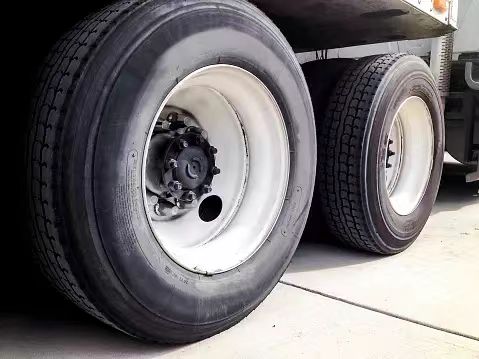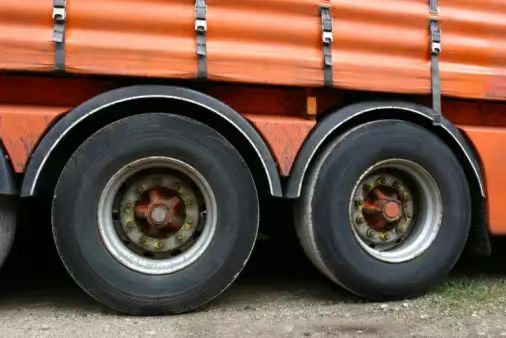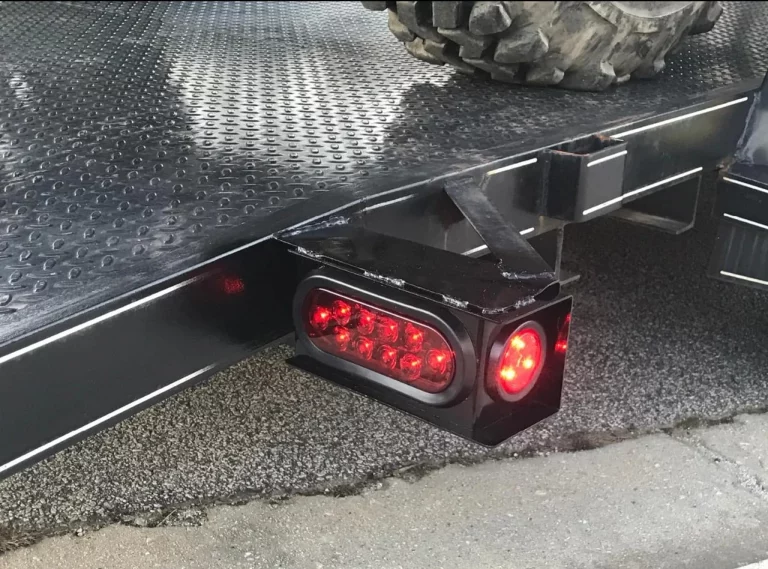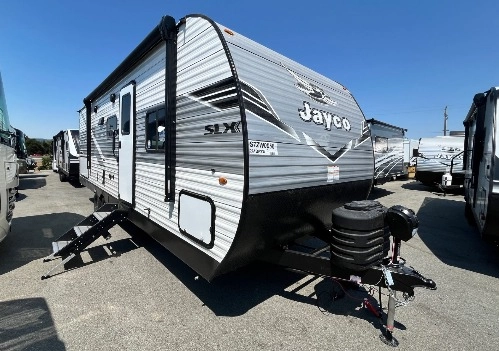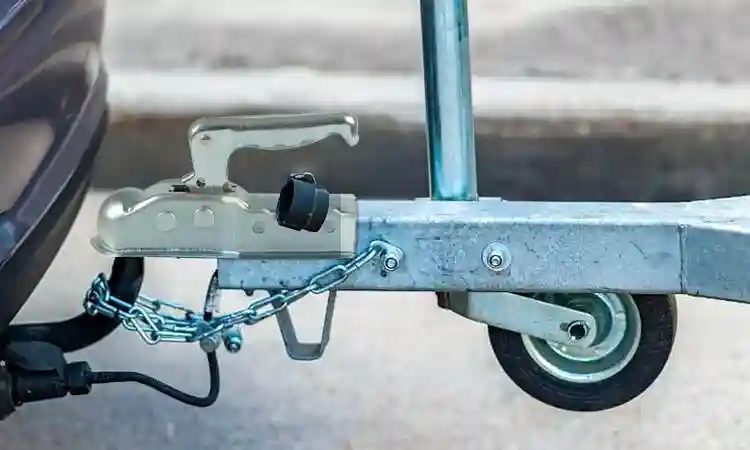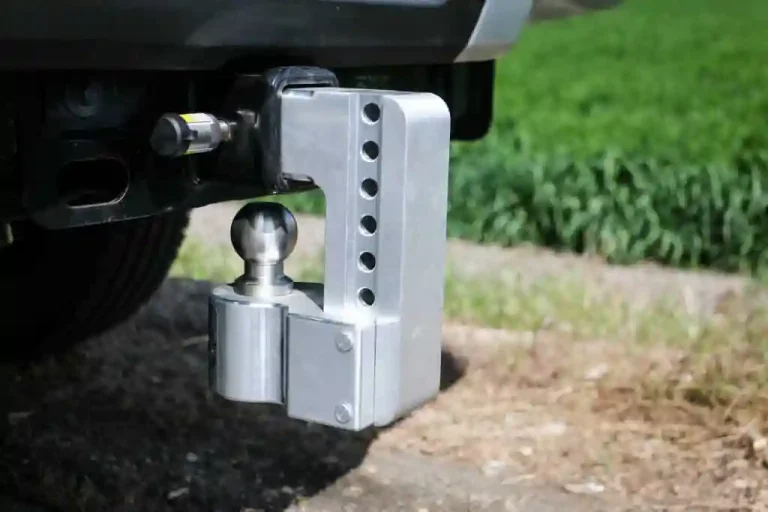How to Choose the Right Trailer Axle
Factors to Consider: Load Capacity, Type of Cargo, Road Conditions
A few important things need to be thought about when picking the right trailer axle. To make sure the trailer and its goods don’t weigh too much, the axle’s load rating must be equal to or greater than that weight. The right axle type will also depend on the type of goods being moved. For example, heavy gear may need a tandem or triple axle setup. The state of the road is also very important; rough or uneven surfaces may need a stronger tire to handle the extra stress.
Comparing Material Strength and Durability
The materials that are used to make trailer wheels have a big effect on how strong and long-lasting they are. Steel, which is strong and lasts a long time, and aluminum, which is lighter but might not be as durable, are two common materials. When picking an axle, you should think about what your trailer needs and how it usually loads. In heavy-duty situations, steel axles usually work better, while aluminum axles are better for smaller loads and situations where saving weight is important.
Weight Distribution and Balance
Proper weight distribution is critical to safe towing and load management. An incorrectly balanced trailer can cause handling issues, increased tire wear, and stress on the axle. When selecting an axle, consider how it will affect the overall weight distribution of your trailer. Adjustable axles can provide flexibility in positioning the load for optimal balance, whereas fixed axles require careful planning during the loading process to maintain stability. Remember that a well-balanced load not only prolongs the lifespan of the trailer axle but also enhances overall driving safety.
Maintenance Tips for Trailer Axles
Regular Inspections: What to Look For
Checking for Wear and Tear
Regular inspections are essential to maintain the longevity and performance of your trailer axle. Start by checking for visible signs of wear and tear such as cracks, rust, and corrosion on the axle and surrounding components. Pay attention to the condition of the springs, bearings, and bushings as these parts are prone to deterioration over time. Regularly rotating your tires can help you spot uneven wear, indicating potential issues with the axle or its alignment.
Identifying Signs of Damage
Beyond everyday wear and tear, it’s important to identify early signs of more severe damage that may necessitate repairs or replacements. Look for unusual noises when the trailer is in motion, such as clicking or grinding sounds that may indicate faulty bearings or other internal damage. Inspect the axle housing for any dents or bends which could compromise its structural integrity and overall performance. If you notice any fluid leaks around the axle seals, it’s crucial to address them promptly as they can lead to lubrication failures.
Lubrication Techniques for Prolonged Lifespan
Proper lubrication is critical to reducing friction and preventing premature wear of trailer axle components. Use high-quality grease suitable for trailer axles and apply it generously to the bearings, spindles, and other moving parts. Regularly re-greasing these parts, especially after long trips or exposure to harsh weather conditions, ensures smooth operation and reduces the risk of breakdowns. Make sure to follow manufacturer guidelines for the type and frequency of lubrication to maximize the axle’s lifespan.
When to Replace Your Trailer Axle
Knowing when to replace your trailer axle can prevent potential failures and enhance overall safety. While minor issues can often be repaired, severe damage like significant bends, deep rust, or extensive wear on key components often means replacement is necessary. Additionally, upgrading your axle might be required if you frequently carry loads heavier than the axle’s rated capacity. Repeated exposure to excessive weight can compromise the axle’s performance, making it unsafe for continued use. Consult with a professional if you’re unsure about the condition of your axle and need expert advice on whether a replacement is necessary.
Installation and Adjustment of Trailer Axles
Necessary Tools and Equipment
Essential Mechanical Tools
Before starting the installation or adjustment of a trailer axle, ensure you have all the necessary tools and equipment. Essential mechanical tools include wrenches, sockets, a torque wrench, and a hydraulic jack. These tools will help you securely loosen and tighten bolts, safely lift the trailer, and ensure all components are installed or adjusted correctly according to the manufacturer’s specifications.
Safety Gear
Safety should always be a priority when working on trailer axles. Wear appropriate safety gear such as gloves, safety goggles, and sturdy footwear to protect yourself from potential hazards. Using jack stands or wheel chocks can prevent accidental movement of the trailer while you’re working underneath it. Ensuring your working area is level and clear of debris can also reduce the risk of accidents.
Step-by-Step Installation Guide
Preparing the Trailer
Before beginning the installation process, thoroughly prepare the trailer by parking it on a flat, stable surface. Ensure all necessary tools and components are within reach. Elevate the trailer using a hydraulic jack and secure it with jack stands for safety. Remove the wheels to gain full access to the axle area.
Mounting the Axle
Position the new axle beneath the trailer, aligning it with the mounting points. Carefully lift the axle into place and secure it temporarily with bolts or clamps. Ensure that the axle is centered and properly aligned before tightening any bolts. This step is crucial for maintaining proper weight distribution and ensuring smooth towing.
Securing the Components
Once the axle is correctly positioned, tighten all bolts to the specified torque settings provided by the manufacturer. Reinstall the wheels and lower the trailer back to the ground. Double-check all connections to ensure everything is secure. Performing a brief test drive can help you confirm that the installation is successful and that the axle performs as expected.
Common Issues with Trailer Axles and How to Fix Them
Uneven Tire Wear
One of the most common issues with trailer axles is uneven tire wear, which often indicates underlying problems. Causes include misalignment, overloaded axles, or worn suspension components. To fix this, inspect and realign the axle if necessary. Check the suspension system for any worn or damaged parts and replace them as needed. Regularly rotating your trailer’s tires can also help prevent uneven wear and extend their lifespan.
Noisy Bearings
Noisy bearings can be a sign of insufficient lubrication or worn-out bearings. If you hear grinding or squealing noises while towing, it’s important to address the issue promptly. Remove the affected wheel and inspect the bearings for signs of wear or damage. Clean and repack the bearings with fresh grease, ensuring they are properly lubricated. If the bearings are significantly worn, replace them to avoid further damage and ensure smooth operation.
Misalignment Problems
Misalignment of the trailer axle can cause handling issues, uneven tire wear, and additional stress on other components. Symptoms include the trailer pulling to one side or experiencing uneven tire wear. To correct alignment issues, first, confirm the alignment using specialized tools or by consulting a professional. Adjust the axle’s position or realign it to ensure proper tracking and balanced weight distribution. Regular inspections and adjustments can prevent misalignment from becoming a recurring problem.
Benefits of Properly Maintained Trailer Axles
Improved Safety On the Road
Maintaining your trailer axle ensures improved safety for you and other road users. A well-maintained axle provides stable and predictable handling, reducing the risk of accidents caused by sudden failures. Regular inspections and timely maintenance help prevent issues like misalignment, worn-out bearings, or broken components, all of which can lead to dangerous situations if left unaddressed.
Enhanced Lifespan of Your Trailer
Routine maintenance of your trailer axle significantly enhances the lifespan of the entire trailer. By regularly inspecting and lubricating key components, you prevent premature wear and avoid costly repairs or replacements. Proper maintenance ensures that your trailer axle remains in optimal condition, allowing you to get the most out of your investment and avoid unexpected breakdowns.
Better Fuel Efficiency
A well-maintained trailer axle contributes to better fuel efficiency. When axles are properly aligned, tires experience less rolling resistance, which directly impacts fuel consumption. Minimizing friction and ensuring smooth operation reduces the overall strain on your towing vehicle, resulting in more efficient fuel use and cost savings over time.
Go Trailer Parts, a professional trailer parts manufacturer based in Qingdao, China, specializes in the production and supply of high-quality trailer axles. With over 15 years of experience in the trailer tyre and wheel business, Go Trailer Parts has established itself as a trusted provider in the industry.
Their trailer axles are designed to ensure vehicle stability and smooth transportation of heavy goods. These axles are suitable for various applications, including trailers, tractors, and agricultural vehicles, and they enhance traction and handling performance. Go Trailer Parts takes pride in their team of professional engineers, senior welders, and experienced workers, who utilize highly automated production equipment to ensure the precision and reliability of their axles. Their trailer axles cover three categories including disc-braked, non-braked, and drum braked axles. With a commitment to safety, quality, and honest business values, Go Trailer Parts aims to establish long-term and sustainable cooperation with customers worldwide.


